Mobile Flagship Phone Camera Overview 2020 H1: Still Picture Battle
by Andrei Frumusanu on June 18, 2020 11:00 AM ESTZoom Modules: Who Sees Furthest?
Over the last year or so we’ve seen a big focus on the telephoto aspect of new smartphones, with a lot of vendors introducing new innovative modules with greater optical magnification and longer focal lengths than what we’ve seen in years prior. Again, it’s been mostly a matter of a marketing arms race that had been triggered by Huawei with their P30 series phones and the introduction of “periscope” camera modules.
In general, there’s two distinct categories of phones nowadays, those who have any fancy camera modules that are able to zoom out by a factor greater than 2x / greater focal length than around 50mm equivalent, and the more traditional phones who limit themselves to that more classic area.
On top of that, we also have to pay attention to intermediate zoom levels – these long focal length modules have also brought with them the drawback that there will be quite a big quality gap at zoom levels greater than that of the main camera, but lower than that of the telephoto module.
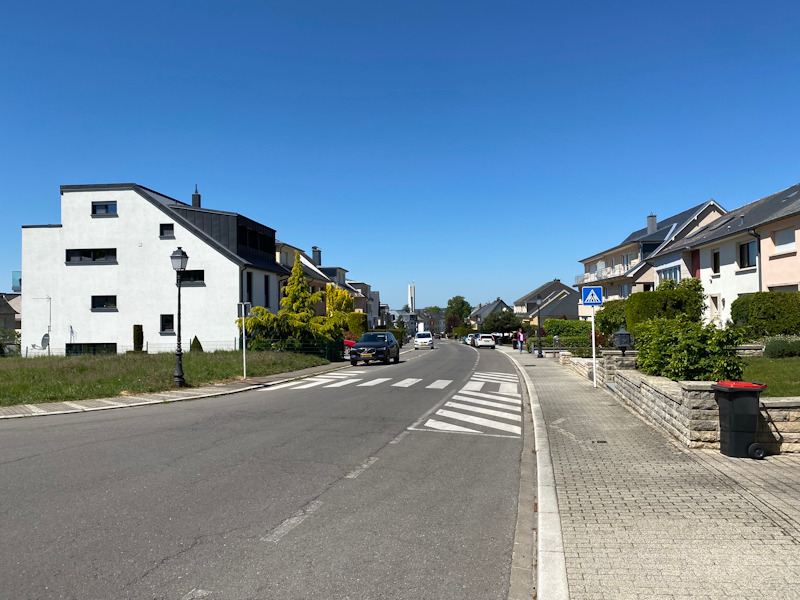
[ iPhone 11 Pro ][ iPhone SE ][ P4 ]
[ Galaxy S20U(S) ]
[ Galaxy S20+(E) ]
[ OnePlus 8 ]
[ OnePlus 8 Pro ]
[ V60 ]
[ Mi10 Pro ]
[ Mate 30 Pro ]
[ P40 Pro ]
[ Reno3 Pro 5G ]
[ Reno3 Pro ]
[ X-T30 ]
In the first scene, amongst the zoom capabilities themselves, we also need to pay attention to the exposure of the scene as it’s something a ton of phones get wrong. This shot was obviously in broad daylight with the sun high up with no clouds, so we’d expect brighter exposures and bright highlights to be present.
Apple does about as well as you’d expect from a 2x optical module at a 2x magnification, but it does lack a bit in terms of dynamic range and could be a bit brighter with the last 5-10% of highlights being too low. Google’s Pixel 4 does better in the exposure and still does a very good job at 2x. Both phones don’t have optics to go further than this without loss, although they’re using multi-frame interpolation to digitally zoom further up to 10x/8x.
Neither the OnePlus 8 nor the LG V60 have telephoto modules, rather relying on the native high resolution of their main sensors to crop in a longer focal length frame. Both aren’t as good as dedicated telephoto modules, but they’re passable for your everyday capture at this range. The Samsung Galaxy S20+ actually also falls part into this category of phones without telephoto modules, but rather than falling back to the main camera module it uses its secondary wide high megapixel sensor to crop in. This module is much clearer and more detailed than either the OP8 or the V60’s 2x modes as it’s not (as far as we know) a quad-Bayer/Tetracell sensor, but a real native 64MP sensor.
On the S20 Ultra, there’s a big quality gap between 2x and 4x and for whatever reason on this more recent firmware I don’t see Samsung’s image fusion anymore, where they would superimpose the smaller telephoto image frame within the larger main camera frame and try to merge them together.
OPPO’s Reno 3 Pro with the MTK chipset actually performed much better than the Qualcomm variant here with a much better exposure and good detail, and the MTK variant also achieves better 5x digital zooming.
Zooming further in at 3x the Huawei Mate 30 Pro and the OnePlus 8 Pro do well and are about on par in terms of detail but I prefer the OP8Pro’s exposure and dynamic range.
Zooming further, there’s only 3 phones that are able to compete optically at zoom levels of 4-5x, and that’s the Samsung Galaxy S20 Ultra, the Huawei P40 Pro and the Xiaomi Mi 10 Pro, and in these samples it’s the P40 Pro who is the clear winner. The most shocking thing here is that the Mi 10 Pro also outperforms the S20 Ultra in terms of sharpness, even though it produces a smaller 8MP image versus the 12MP Galaxy. That’s quite an embarrassment for Samsung as the Xiaomi is able to do this with a traditional optical lens arrangement without any of the compromises that come with a periscope lens.
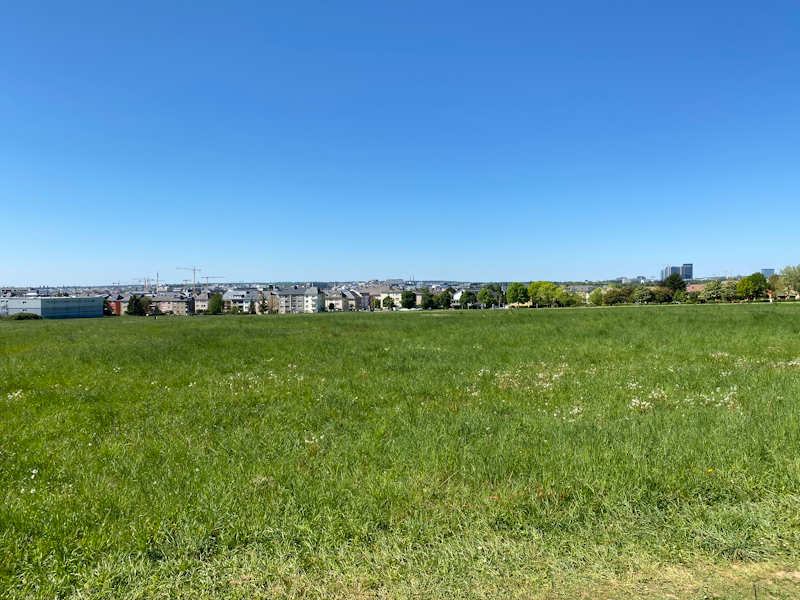
[ iPhone 11 Pro ] - [ iPhone SE ] - [ P4 ]
[ Galaxy S20U(S) ]
[ Galaxy S20+(E) ]
[ OnePlus 8 ]
[ OnePlus 8 Pro ]
[ V60 ]
[ Mi 10 Pro ]
[ Mate 30 Pro ]
[ P40 Pro ]
[ Reno3 Pro 5G ]
[ Reno3 Pro ]
[ X-T30 ]
The next scene is also in broad daylight and here a few more of the phones had problems with colour temperature and exposures. Apple wasn’t amongst them as the iPhone 11 Pro produced a pleasing and very good composition, probably the best of the group. Google also did well but is just too shy with the highlights.
The Samsung phones really don't do well as the S20 Ultra underexposes by 15% on the main sensor and 30% on the telephoto camera, producing a dark flat image. The S20+ does well on the main sensor but also too flat on the secondary module.
Huawei’s Mate 30 pro somehow does better colours than the P40 Pro as the latter is too desaturated again.
Checking out the phones which are able to reach out further than 2x zoom we see again the Huawei P40 Pro lead in terms of clarity and detail on the 5x shots. The exposure isn’t fantastic though as the f/3.4 aperture of the module seemingly doesn’t let enough light in for the exposure time the phone decides on.
The Samsung S20 Ultra shot at 5x is garbage here; excessive oversharpening ruins the shot and it’s outright worse quality than even some 3x telephoto modules such as from the OnePlus 8 Pro. The Xiaomi Mi 10 Pro even beats the S20 Ultra gain.
At 10x zoom the S20 Ultra turns off this idiotic processing and actually manages to outperform the P40 Pro now; all other phones at this zoom range have to heavily rely on digital cropping so aren’t competitive with the Samsung and Huawei flagships.
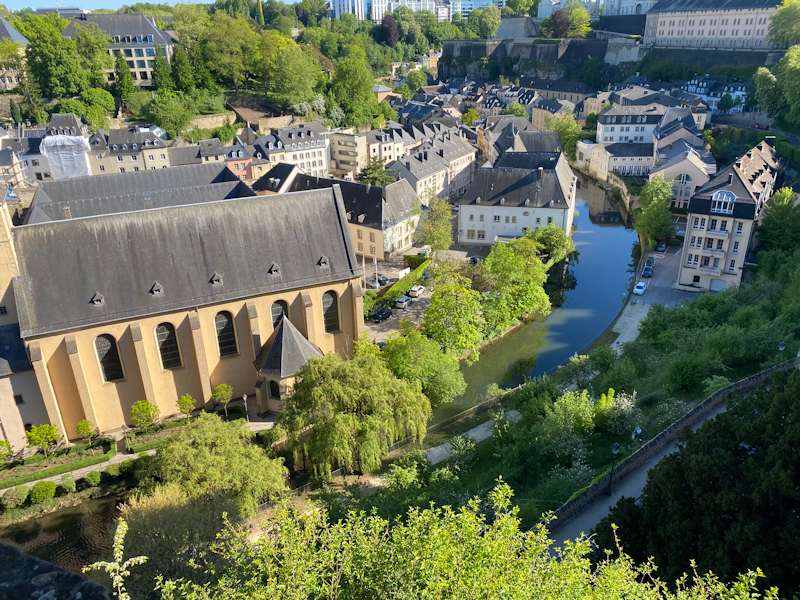
[ iPhone 11 Pro ] - [ iPhone SE ] - [ P4 ]
[ Galaxy S20U(S) ]
[ Galaxy S20+(E) ]
[ OnePlus 8 ]
[ OnePlus 8 Pro ]
[ V60 ]
[ Mi 10 Pro ]
[ Mate 30 Pro ]
[ P40 Pro ]
[ Reno3 Pro 5G ]
[ Reno3 Pro ]
[ X-T30 ]
Here again the scene isn’t only just good for zooming in but also the wide-angle shot is tough on the cameras as colours are hard for the phones to reproduce nicely, particularly an issue with exposure levels and tonal handling of the highlights of the vegetation which can appear too bright and flat.
Even Apple here has problems as things are too warm and colours are shifted a bit much. Things are a bit off with all the phones but I think the OnePlus 8 Pro did the best job overall, followed by the LG V60.
At maximum useable zoom range of about 10x the fight here is again solely between the S20 Ultra, P40 Pro and the Mi 10 Pro. The Xiaomi is useable but the small sensor can’t keep up. The Samsung and Huawei are both good and have different strengths. The S20 Ultra has more sensor resolution to work with but seems a tad soft due to optics. The P40 Pro has lower resolution but has more micro-contrast.
The S20 Ultra failing in quality at 5x is again present here. I think the telephoto module here is capturing while in the binned 12MP mode and applying heavy sharpening that just doesn’t work well at all.
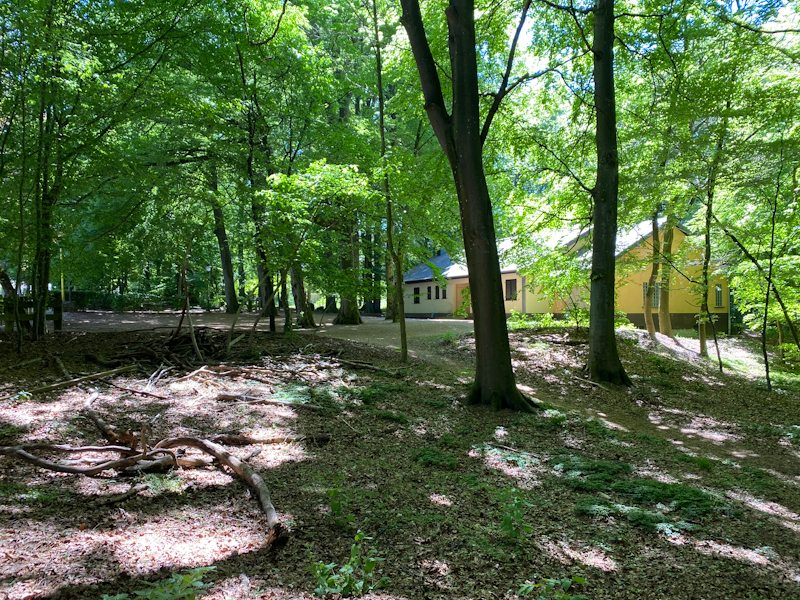
[ iPhone 11 Pro ] - [ iPhone SE ] - [ Pixel 4 ]
[ Galaxy S20U(S) ]
[ Galaxy S20+(E) ]
[ OnePlus 8 ] - [ OnePlus 8 Pro ]
[ V60 ] - [ Mi 10 Pro ]
[ Mate 30 Pro ] - [ P40 Pro ]
[ Reno3 Pro 5G ] - [ Reno3 Pro ]
[ X-T30 ]
Other things to consider with the phones who have a far-reaching telephoto module but have to rely on the main camera module when in the intermediary ranges is the quality of the photos in this middle range.
Huawei is the king here as the Mate 30 Pro and P40 Pro produce excellent results at 2x zoom without having an actual hardware module for this range. Both are seemingly using their main sensor at high-resolution and cropping. OnePlus and LG are also attempting this method I think but it doesn’t come out nearly as well, the latter here is just blurry but I’m not sure if that’s a low-resolution image upscaled or simply if the shot was wildly out of focus.
Samsung on the S20 Ultra doesn’t attempt anything anymore here. As I mentioned, the telephoto module superimposed middle frame that was present in the release firmware just doesn’t exist anymore here. They also don’t even use the native resolution of the camera so it’s just a blurry 2x digital upscale of the 12MP result. The S20+ should have done well here but I might have had a smudge on the lens. Generally my phone sample seems to have very weak optics on this module resulting in ghosting across high contrast edges such as seen between the tree and the rooftop.
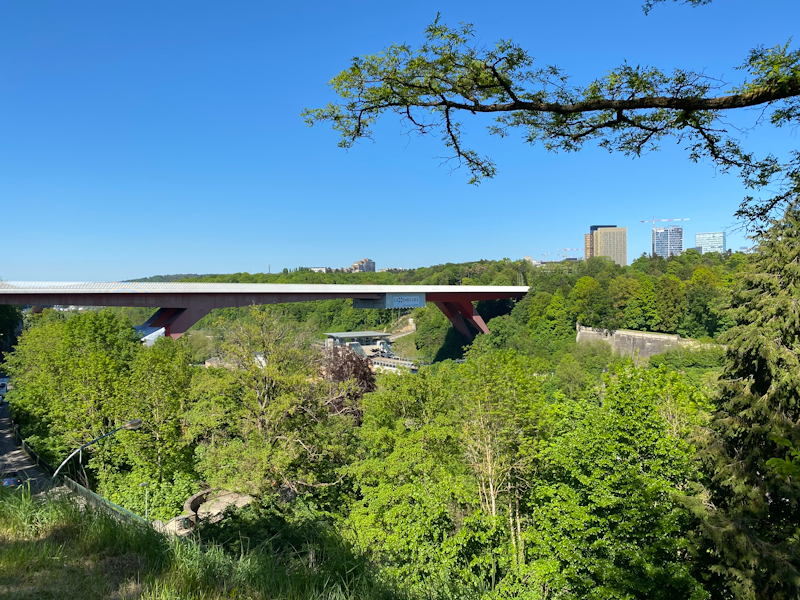
[ iPhone 11 Pro ] - [ iPhone SE ] - [ Pixel 4 ]
[ Galaxy S20U(S) ]
[ Galaxy S20+(E) ]
[ OnePlus 8 ] - [ OnePlus 8 Pro ]
[ V60 ] - [ Mi 10 Pro ]
[ Mate 30 Pro ] - [ P40 Pro ]
[ Reno3 Pro 5G ] - [ Reno3 Pro ]
[ X-T30 ]
In this shot there’s not much additional to point out that hasn’t been said in the previous shots. One thing I like to point out to is the high-resolution shots of the various phones and sensor modules.
On the OP8Pro, P40Pro and Ren3 Pro 5G we’re seeing again this super weird demosaicing artefact on regular pattern objects such as the bridge’s white barriers. It results in this squiggly pattern that doesn’t exist in real life. The OP8Pro and Reno3Pro5G on top of that showcase some bad RGB Moiré pattern in their 48MP shots.
This behaviour seemingly doesn’t seem to be present on the phones with Samsung sensors such as the S20 Ultra, Mi 10 Pro or Reno3Pro, which might point out that it might be a Sony sensor issue. Oddly enough the OP8 doesn’t have this issue even though it’s the same sensor as on the OP8Pro UWA – which does showcase the characteristic.
I don’t know if the V60 has a Samsung or a Sony sensor but it doesn’t showcase the squiggly pattern, but it does show the RGB rainbow Moiré.
Overall Telephoto - A Matter of Consistency
Overall, there’s a ton of different methods and hardware solutions that vendors employ to reach enable large focal length cameras or large zoom factors in their phones.
Personally, what I value most is actually having a good amount of consistency across the camera’s zoom range, and it’s here that some phones just do better than others.
Going from medium level (2x / 50mm) zooms up, Apple and Google here do excellently well and are well above the rest of the pack in terms of quality of detail and exposure handling. Huawei is by far the best at the 2x range without having an actual module in this focal length thanks to its great handling of the high-resolution sensors. The S20+, V60, Mi 10 Pro and the OnePlus phones also battle it out here. Generally, amongst those the S20+ would be the best most of the time but it’s highly scene specific as the results can vary a lot depending on the setting. The S20 Ultra is clearly the worst phone at this range and just doesn’t have any tooling to solve the problem.
Going further, the 3x modules of the OnePlus 8 Pro and Mate 30 Pro are good compromises, but both of these don’t always convince in terms of colours or exposure.
The periscope and 5x optical modules are mixed. At 5x, the P40 Pro clearly wins in quality, followed by the Mi 10 Pro. The S20 Ultra has a masochistic quality of crippling itself in the processing at this range. Zooming further out at up to 10x the S20 Ultra recovers as the best performer as it turns off its weird processing.
If I weren’t to consider colours and exposure, I think Huawei’s solutions for zooming are the best as it gives the best results across the whole available focal range. I also liked Xiaomi’s solution of having two “traditional” telephoto modules at 2x and 5x magnification without having to use a more compromising periscope module. I have to wonder what the most cost-effective method is here.










130 Comments
View All Comments
Andrei Frumusanu - Saturday, June 20, 2020 - link
Unfortunately it's unlikely we'll get to test the new Moto.ikjadoon - Thursday, June 18, 2020 - link
Ryan Smith: this stunningly thorough and well-organized article needs to be awarded an Anandtech Anthology title. This title simply undersells the depth of content here by Andrei F. I'll be forever linking this article.I agree with skavi: having the reference camera (US $1300 for those curious, body + 18-55 kit lens) seals the deal here.
And, completely off-topic: you gotta love Fujifilm's X-Trans colors. Sure, you'll want a ~20mm equivalent lens for wide-angle shots, but I'm impressed at how much distance the X-T30 created even the best-of-the-best 2020 mobile cameras (esp. at night & with any zoom).
philehidiot - Friday, June 19, 2020 - link
Agree, I haven't looked through all of it yet as I've just seen it whilst cooking (an old MacBook Air TN screen isn't exactly ideal for this) but the sheer scale, depth of analysis and complexity here is just astonishing.I must say one thing.... I hate you Andrei. I'm sorry to say it. I'd JUST accepted that I no longer needed a dedicated camera and that a phone was good enough. Then you go and do this to me... when you're just looking at phone shots and comparing between phones, you don't notice so much the poor quality, Then some git puts a proper camera in the mix and you become acutely aware of just how poor these phone cameras are.
I say I hate you, but it's really my bank manager who has the problem.
The point I think this article also makes quite profoundly is that there is NO point in spending £1400 on an amazing phone for it's camera system. You'd be far better off buying a cheapish iPhone SE or something similar for decent phone performance and spending the rest on a proper camera. There's no justification for these expensive phone cameras aside from portability.
The problem is that when I have an SLR or similar, I become obsessive. I spend all of my time out and about looking through the lens and it makes me hard to be with as well as meaning I miss a lot of what is going on. I end up not taking the camera out in order to avoid that behaviour.
Additionally, when you have time and have recovered from this monster of an article, I'd really love to see the Oneplus 8/8 pro reviews. I simply find it impossible to trust the majority of tech reviews these days... especially when they throw out a fluke decent 100x zoom image from the Samsung S20 superdoopdoop phone and say it's stunning and representative of real world performance. It makes me cringe. Additionally, I'm never sure with Samsung if they're sending reviewers in Europe the Snapdragon model when consumers are getting Samsung's home baked SoC.
Honestly, is it time to increase Anandtech's resources? Would the increase in traffic from covering more models of phone sooner justify another reviewer or indeed an assistant reviewer who didn't have to come up with new ways of doing things but just followed the established models?
tl;dr - I think my painkillers have kicked in and I'm raaaambling.
Andrei Frumusanu - Saturday, June 20, 2020 - link
> Additionally, when you have time and have recovered from this monster of an article, I'd really love to see the Oneplus 8/8 pro reviewsI will get to those reviews in due time (there's a lack of it), the TL;DR is that they're both great phones and the 8Pro is my favourite flagship this year, with only the S20+ as a second option.
Glaurung - Saturday, June 20, 2020 - link
Get a waist level viewfinder for your dedicated camera, and you'll feel less like you're putting the camera between yourself and the world. Instead of constantly looking at the back of the camera or through a lens, you're glancing down to check the framing before clicking the shutter, and then looking back up at your subject.slothlovechunk - Thursday, June 18, 2020 - link
If you're doing static shots like this, the Pixel should really be using Night Sight Mode always. It is actually impressive, and because it counts on hand movement, it can probably out resolve any cell phone optics as it's sampling from different parts of the lens for the same parts of the image. Other than night sight, yeah, the pixel is pretty tame compared to these other cameras.Sharma_Ji - Thursday, June 18, 2020 - link
No inclusion of oppo flagships x2 & pro, i can bet oppo/realme's HDR algorithm is one of the best , if not the best.And also video is not tested, their video stabilization algo. Is best too.
Andrei Frumusanu - Thursday, June 18, 2020 - link
I didn't have one.bernstein - Thursday, June 18, 2020 - link
absolutely awesome article.it might be worth updating this article from time to time with new phones (although it might be hard to replicate the weather conditions (esp. as solar inclination/intensity changes throughout the year))
s.yu - Wednesday, June 24, 2020 - link
It's an Anandtech specialty that each shootout is extensive and images are never recycled.